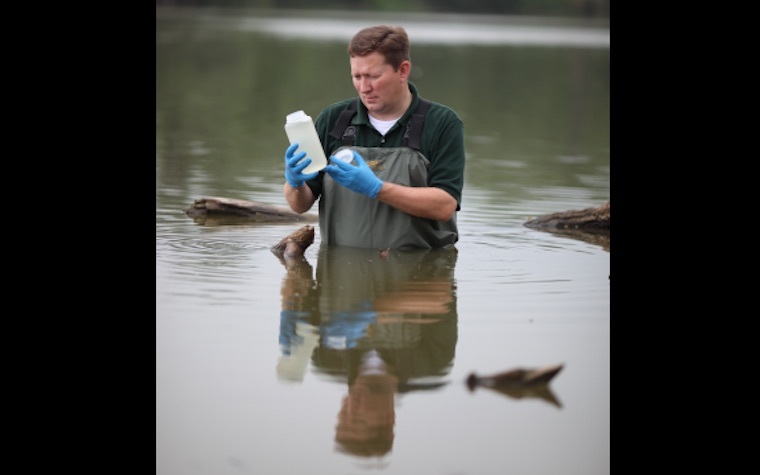Baylor University professor of environmental science and biomedical studies Bryan Brooks is investigating the causes and solutions to harmful algal blooms – a growing problem in contaminated waterways.
Harmful algal blooms (HABs) do occur naturally, but Brooks says human activities are driving an outbreak of them. Some are caused by climate change and droughts, while others form when manmade nutrients make their ways into the watershed.
When stormwater and runoff washes sewage, agricultural fertilizers and other things into American waterways, that nutrient-rich runoff can act as a catalyst for a harmful algal bloom as the toxic algae feeds off the manmade materials entering the watershed.
As the causes and problems associated with such algal blooms begin to concern a growing number of scientists, Brooks is looking at ways to understand and address those issues.
"There is little doubt that inland HABs present the greatest threat to inland water quality in some places, in some cases and at some times,” Brooks said. “Unfortunately, we are not effectively delivering the essential services of environmental public health and ecosystem protection. We must adapt environmental assessment and management efforts to address this potentially transformative threat.”
Brooks and fellow scientists are developing new ways to assess water quality and watershed health that takes the factors that contribute to harmful algal blooms into consideration.
Baylor professor investigates human causes of harmful algal blooms in waterways


 Alerts Sign-up
Alerts Sign-up